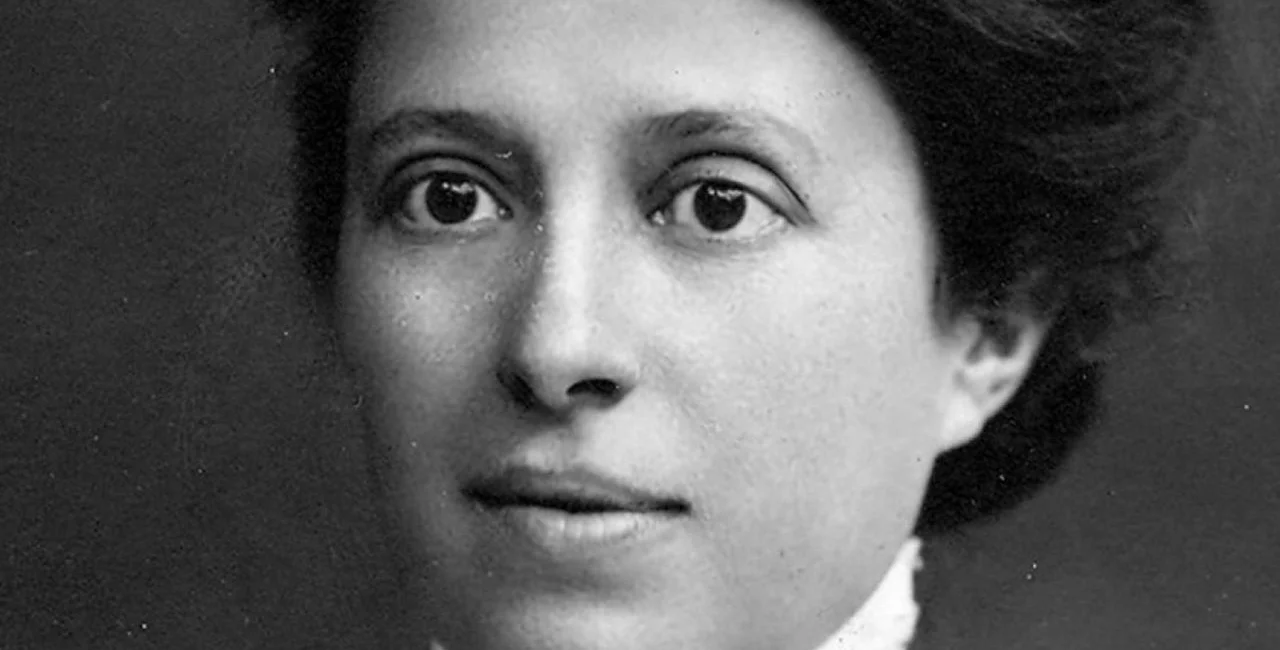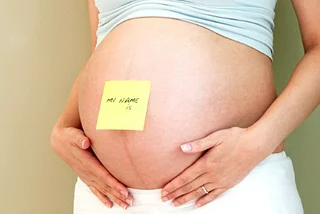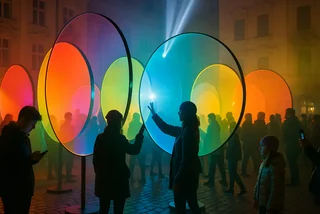Mother’s Day in the Czech Republic this year is celebrated on May 8. The holiday here has its roots in the First Republic, and it all but vanished in the communist era.
The first celebration of “Den matek” in then-Czechoslovakia was in 1926. Alice Masaryková, the daughter of first Czechoslovak president Tomáš Garrigue Masaryk and Charlotte Garrigue Masaryk, was instrumental in introduction of the holiday.
It is based on the American model of always falling on the second Sunday in May, as Alice’s mother was American. The holiday had been celebrated in the U.S. starting in 1907, and became an official national holiday in 1914.
Charlotte Garrigue Masaryk died on May 13, 1923, on what would have been Mother’s Day that year, and many sources list 1923 as the start of the event in the Czech lands.
The celebration, as in many countries, consisted of children giving flowers, cards, or hand-made gifts to their mothers. The white carnation became a symbol of thanks to mothers. In many families, the children would do all of the cooking and cleaning for the day.
Both Alice and her mother, Charlotte, worked to advance the rights of women, among other social causes. Alice headed the Czechoslovak Red Cross from 1919 to 1938, and introduced many reforms to the country’s social welfare system such as accessible medical clinics and food banks. She also started a two-minute moment of silence on Easter to honor the Red Cross. Under communism in 1948, the moment of silence ended and the country instead celebrated International Red Cross Day on May 8.
Alice was one of the first women elected to Parliament in the new Czechoslovak First Republic, and following up on her background as a teacher she was involved in education reform and especially promoting education for women.

After the German occupation in 1938, she went into exile, returning briefly after World War II ended and leaving again in 1948 following the death of her brother, Jan Masaryk, under unexplained circumstances. She continued to promote democracy in Czechoslovakia, and spoke often on Radio Free Europe in the 1950s. She passed away in exile in 1966.
During World War II, Mother’s Day took a dark turn as German dictator Adolf Hitler used it to give medals to any woman who gave birth to more four children who met their standards of racial purity. Medals were also given to women whose children died fighting for Germany.
After World War II in Czechoslovakia, anything with connections to America or the German occupation was ideologically suspect. The main celebration of women was shifted to International Women's Day, which is always on March 8. Many people continued to remember the second Sunday in May, but only quietly and privately.
For International Women’s Day, the state mandated that female workers in factories would receive soap or chocolate from their bosses. The day was also often marked by alcohol-fueled celebrations.
Mother’s Day didn’t emerge again in Czechoslovakia until after the Velvet Revolution. It has been heavily promoted locally by florists, but it remains low-key compared to what has happened to the American version, which is now highly commercialized.












 Reading time: 2 minutes
Reading time: 2 minutes 



 English
English
 Slovenian
Slovenian
 Norwegian
Norwegian
 Swedish
Swedish
 Finnish
Finnish
 Danish
Danish






















